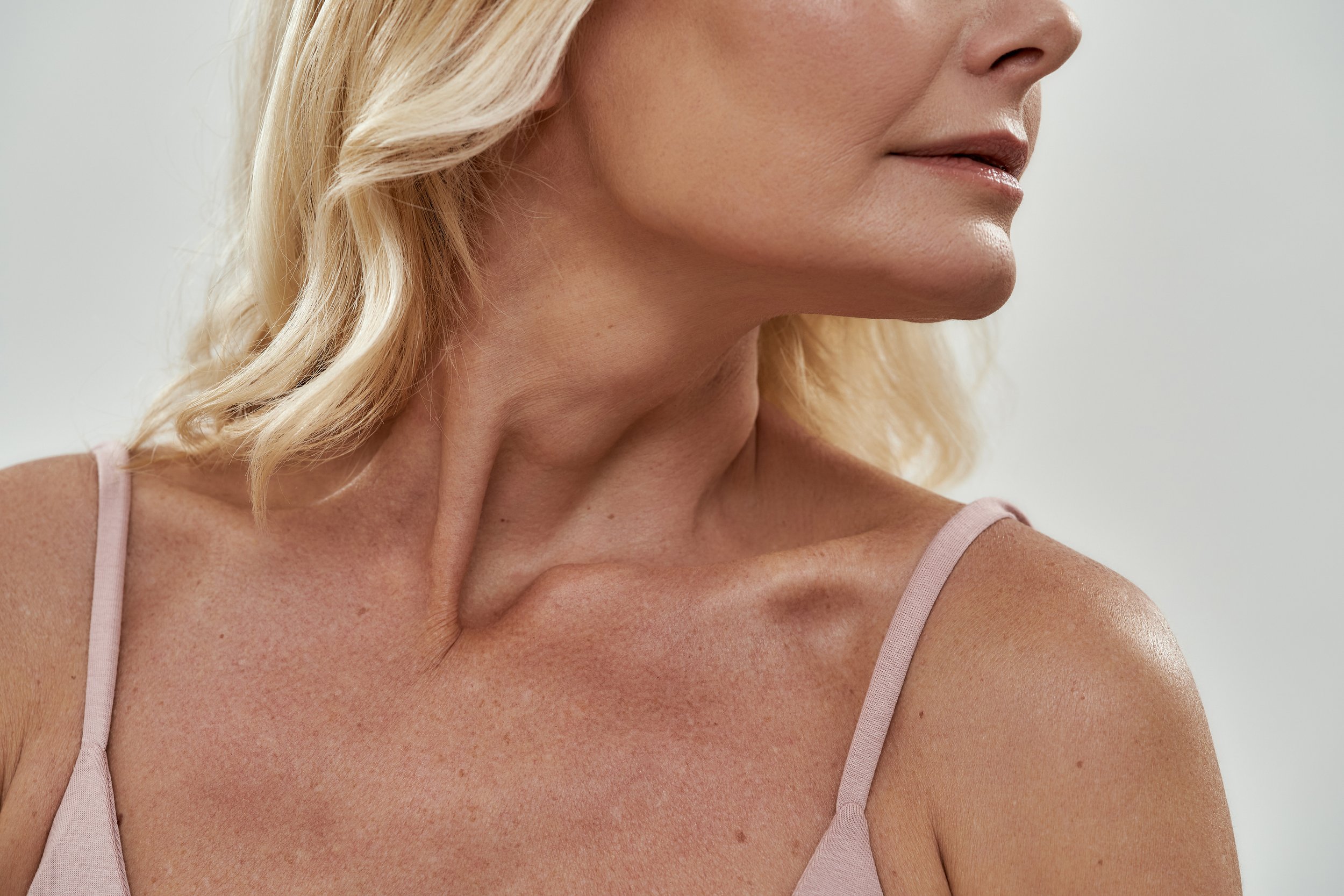Cosmetic Medicine Treatments
Dermal Filler South Coast Dermal Filler Broulee Lip Filler South Coast NSW Anti Wrinkle South Coast Dysport South Coast Anti Wrinkle Batemans Bay Anti Wrinkle Broulee Anti Wrinkle Moruya
look & feel your best
At Cosmetics by the Beach, we are dedicated to providing exceptional cosmetic nursing services that enhance your natural beauty and boost your confidence. Led by Shelby, a highly skilled and experienced registered nurse with eight years of expertise in cosmetic nursing, we strive to deliver personalised care and outstanding results that leave you feeling and looking your best.
Holistic Approach
Shelby's approach to cosmetic nursing is holistic, focusing on understanding patients' needs and concerns on a deeper level. With a keen interest in women's health, she considers hormonal implications, dietary habits, lifestyle factors, and their impact on skin health. By taking a comprehensive approach to patient care, Shelby ensures that treatments are not only effective but also aligned with each individual's unique needs and goals.
At Cosmetics by the Beach, we boast a range of world-leading medical treatments, some of which cannot be discussed on social media or our website due to TGA regulations. To explore our full range of treatments, we recommend booking a consultation.
concerns we treat
Fine Lines and Wrinkles
Fine lines commonly develop in areas where repetitive facial movements occur, such as around the eyes and mouth when smiling or squinting. These lines can be influenced by factors like age and gravity.
Wrinkles are more noticeable than fine lines and are often dependent on one's age. They can become permanent over time, transitioning into deeper grooves on the skin. Wrinkles are commonly associated with collagen breakdown and muscle movement.
-
Loss of Collagen and Elastin: As we age, the production of collagen and elastin - essential proteins that provide skin with strength and elasticity - decreases. This leads to the formation of fine lines and wrinkles.
Sun Damage: Prolonged and unprotected exposure to ultraviolet (UV) rays can accelerate the aging process, causing collagen breakdown and leading to the development of fine lines and wrinkles.
Facial Expressions: Repetitive facial movements and expressions, such as smiling, frowning, or squinting, can lead to the development of dynamic wrinkles over time.
Smoking and Environmental Factors: Smoking and exposure to environmental pollutants can contribute to premature aging, resulting in the formation of fine lines and wrinkles.
-
Dynamic Wrinkles: These wrinkles are caused by repetitive facial movements and expressions. They tend to appear as fine lines around the eyes (crow's feet), forehead lines, and lines between the eyebrows (frown lines).
Static Wrinkles: These wrinkles result from the loss of skin elasticity and decreased collagen production. They are visible even when facial muscles are at rest and are often found on the cheeks, chin, and neck.
Gravitational Folds: These wrinkles are a result of the effects of gravity on the skin. They are commonly seen as jowls, drooping skin around the mouth, and sagging neck skin
Volume Loss
Volume loss in the skin refers to the reduction of fat, collagen, and hyaluronic acid levels in the deeper layers of the skin, leading to a loss of fullness, firmness, and youthful appearance. This natural process occurs as we age and can be influenced by various factors.
-
Aging: As we grow older, the production of collagen and elastin decreases, leading to a loss of skin elasticity and volume.
Genetics: Some individuals may be genetically predisposed to experiencing volume loss at a faster rate than others.
Sun Exposure: Prolonged exposure to UV rays can accelerate the breakdown of collagen and elastin in the skin, contributing to volume loss.
Lifestyle Factors: Smoking, poor nutrition, and lack of skincare can also impact skin health and contribute to volume loss.
-
Cheeks: Volume loss in the cheeks can result in a sunken or hollow appearance, making the face look tired or aged.
Under-Eye Area: Loss of volume under the eyes can lead to the development of dark circles, hollow tear troughs, and a tired look.
Jawline and Chin: Reduced volume in the jawline and chin can contribute to sagging skin and loss of definition in the lower face.
Hands: Volume loss in the hands can result in prominent veins, tendons, and bony structures, giving them an aged appearance.
Dull Skin
Dull skin is a term used to describe skin that lacks radiance, brightness, and appears lacklustre or tired. It is characterised by a lack of natural luminosity and can be caused by various factors.
-
Dead Skin Cells: Accumulation of dead skin cells on the skin's surface can lead to a lack of radiance and a dull appearance.
Dehydration: Inadequate hydration can cause the skin to appear dull, as it loses its moisture and plumpness.
Sun Damage: Prolonged sun exposure can lead to the development of pigmentation, uneven skin tone, and a dull complexion.
Poor Circulation: Reduced blood flow to the skin can result in a lack of nutrient and oxygen supply, contributing to dullness.
Environmental Factors: Pollution, smoking, and harsh weather conditions can all take a toll on the skin, contributing to a lacklustre appearance.
-
Uneven Skin Tone: Dull skin may appear uneven in color, with areas of pigmentation and discolouration.
Lack of Radiance: The skin may lack the natural glow and brightness that is characteristic of healthy, radiant skin.
Uneven Skin Tone: Dull skin may appear uneven in colour, with areas of pigmentation and discolouration.
Lack of Radiance: The skin may lack the natural glow and brightness that is characteristic of healthy, radiant skin.
Dryness and Flakiness: Dull skin may also exhibit dry patches and a lack of moisture, leading to a rough or flaky texture.
Tired Appearance: Dull skin can make the face look tired, aged, and less vibrant, often reflecting a lack of vitality.Dull skin may also exhibit dry patches and a lack of moisture, leading to a rough or flaky texture.
Tired Appearance: Dull skin can make the face look tired, aged, and less vibrant, often reflecting a lack of vitality.





